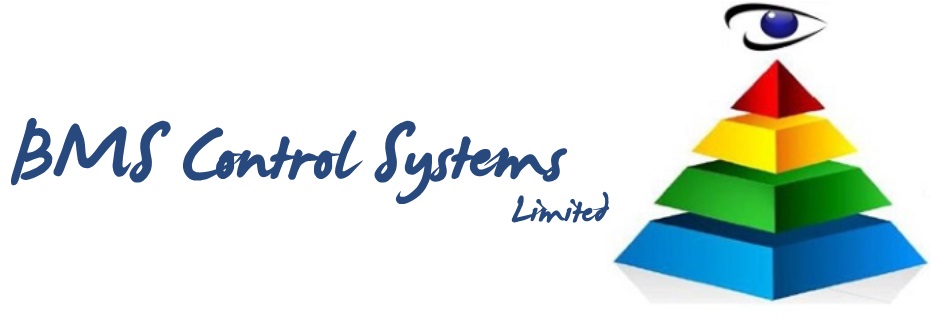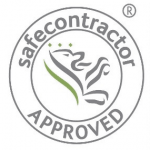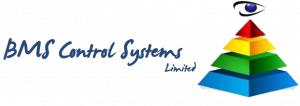The importance of temperature control in the food industry cannot be overstated. Whether it’s in a grocery store, restaurant, or hospitality environment, having precise and reliable temperature control is essential for keeping food fresh and safe for consumption.
That’s why a remote refrigeration monitoring system is a must for any business that relies on refrigeration to keep their food products safe and in compliance with industry standards. Remote refrigeration monitoring systems provide real-time visibility into temperature, humidity, and other environmental conditions in refrigerated spaces, helping facilities managers keep tabs on their operations from anywhere.
Benefits of Remote Refrigeration Monitoring Systems
Remote refrigeration monitoring systems provide a number of benefits for facilities managers. Here are a few of the key benefits:
- Real-time monitoring: Remote monitoring systems provide real-time visibility into the temperature, humidity, and other environmental conditions in refrigerated spaces. This helps managers identify issues quickly and take action to address them before they become more serious problems.
- Energy efficiency: Remote monitoring systems can help facilities managers identify areas of their refrigeration systems that are using too much energy. This can help them optimize their energy usage and save money on energy costs over the long term.
- Remote access: Remote monitoring systems provide facilities managers with the ability to monitor their systems remotely. This eliminates the need for on-site visits and allows managers to keep tabs on their operations from anywhere in the world.
- Automatic alerts: Remote monitoring systems can be set up to send automatic alerts when certain conditions are met. This helps managers stay informed and address issues before they become more serious concerns.
How to Choose the Right Remote Refrigeration Monitoring System
When it comes to choosing a remote refrigeration monitoring system, there are several factors that should be considered. Here are a few things to keep in mind when shopping for a system:
- Price: The price of a remote monitoring system will vary depending on its features and capabilities. Be sure to compare prices between different systems to find one that fits your budget.
- Features: Different remote monitoring systems offer different features. Be sure to compare the features of different systems to find one that meets your needs.
- Installation: Some remote monitoring systems require professional installation while others are plug-and-play. Be sure to consider the installation process when choosing a system.
- Scalability: Be sure to choose a system that is scalable and can grow with your business. This will help ensure that it meets your needs over the long term.
Conclusion
Remote refrigeration monitoring systems can provide a number of benefits for facilities managers looking to keep tabs on their operations from anywhere. By providing real-time visibility into temperature, humidity, and other environmental conditions, remote monitoring systems can help managers optimize their energy usage and save money on energy costs over the long term. When choosing a remote monitoring system, be sure to consider factors such as price, features, installation, and scalability to ensure that it meets your needs.


